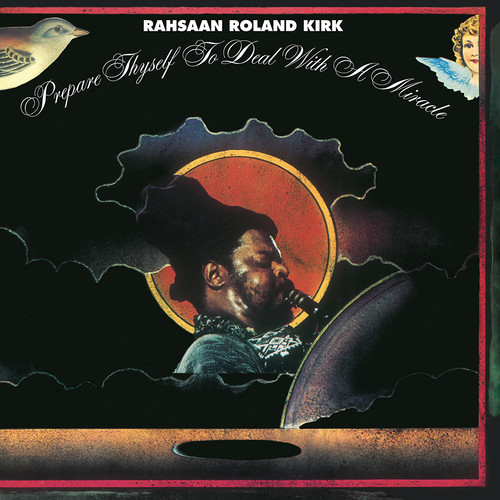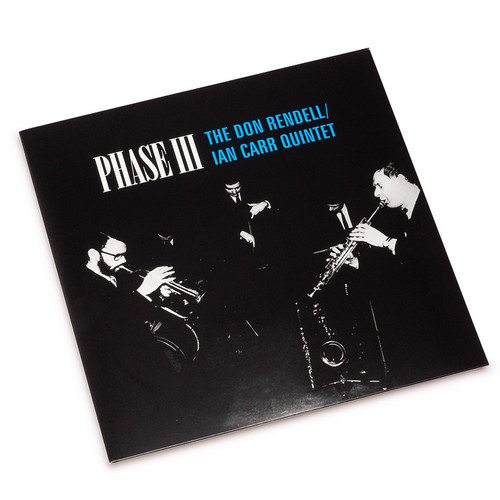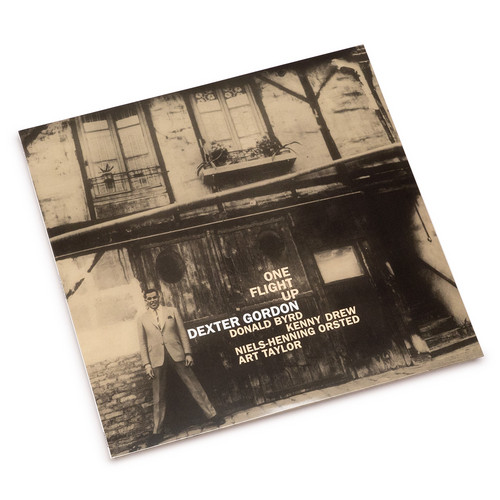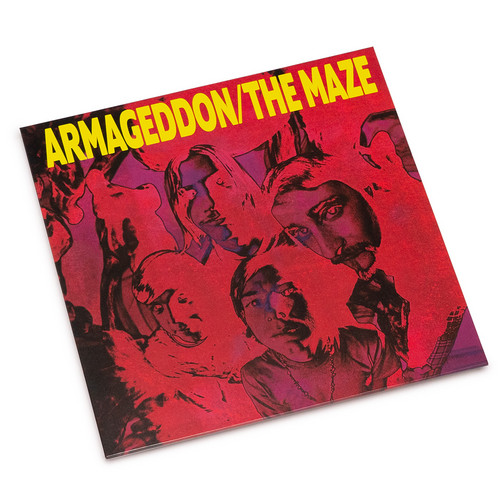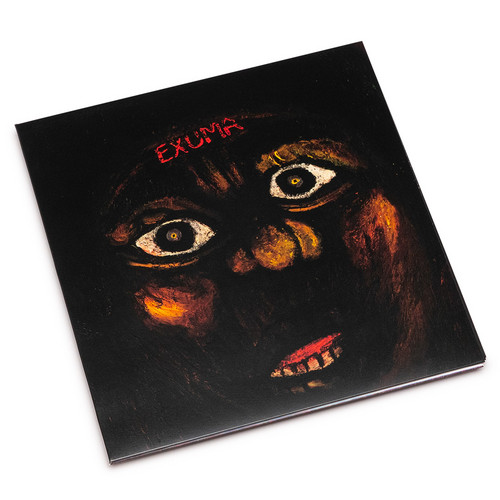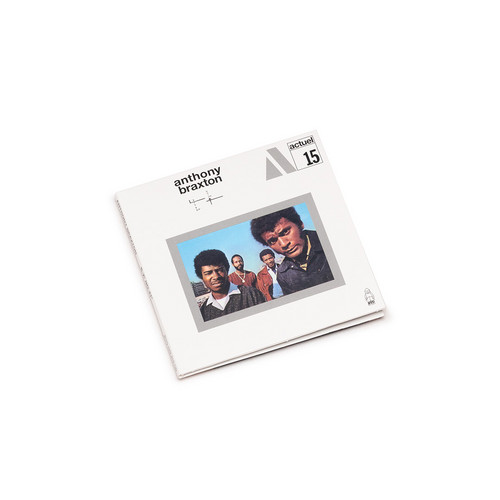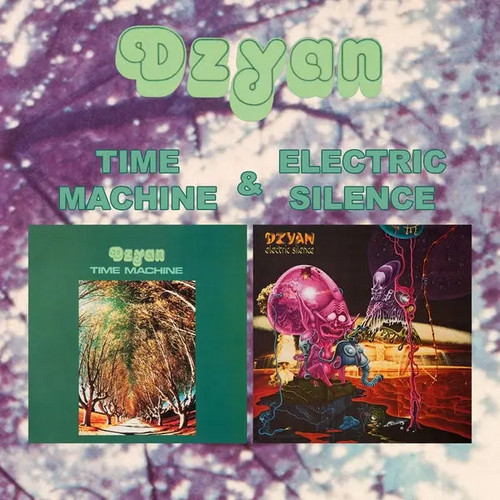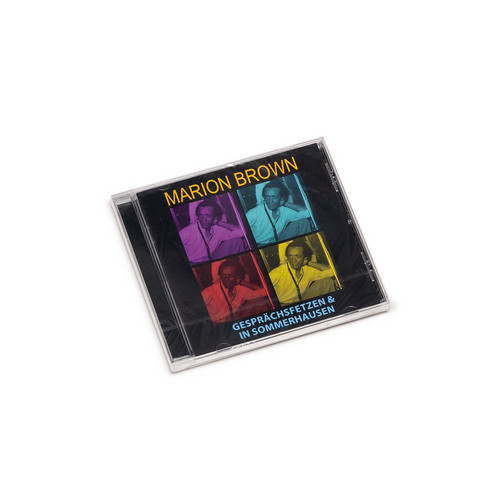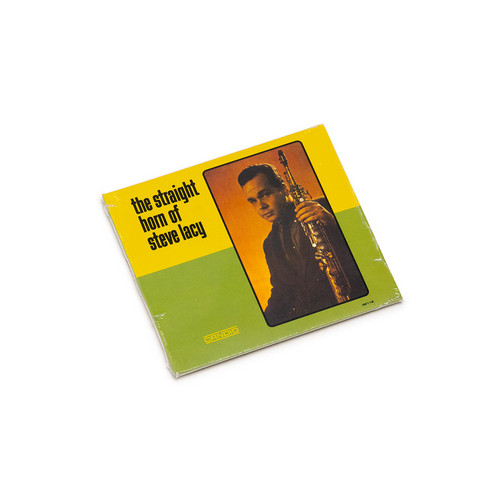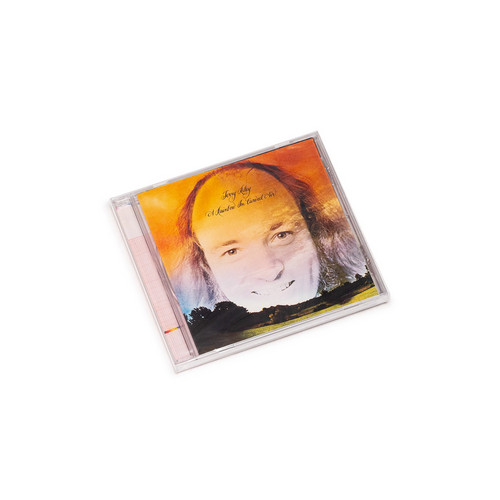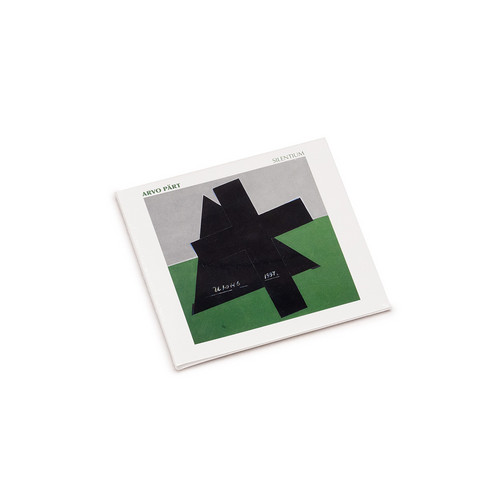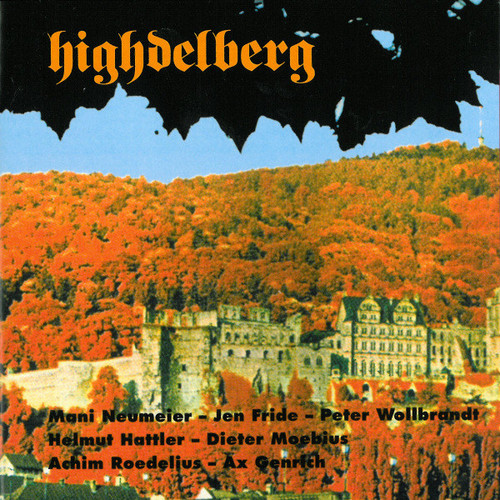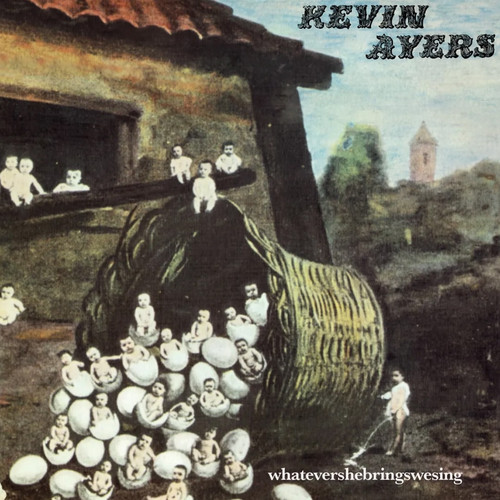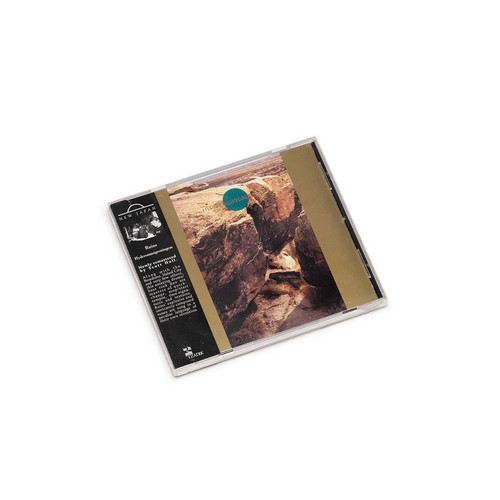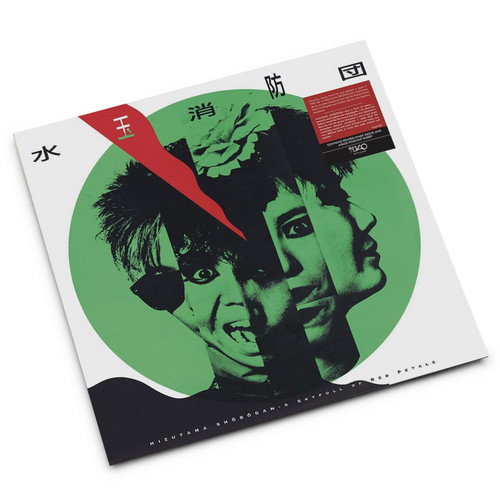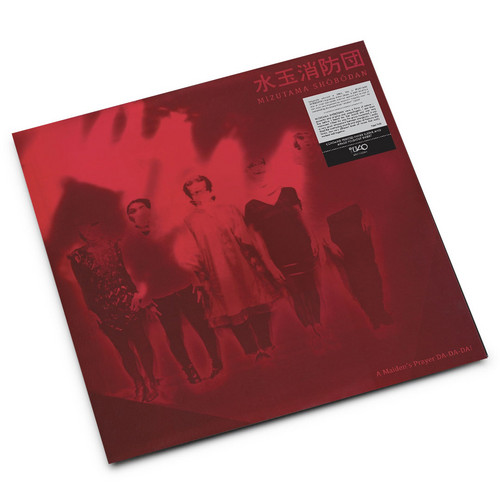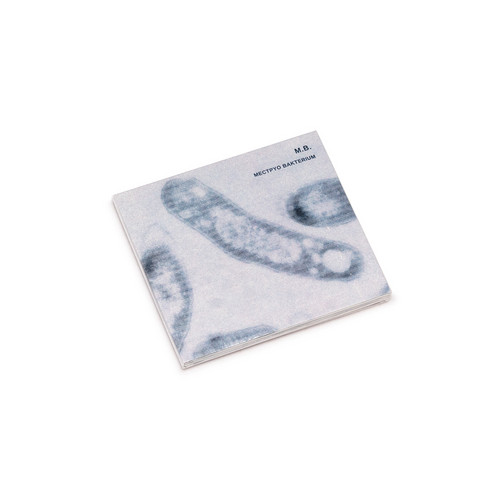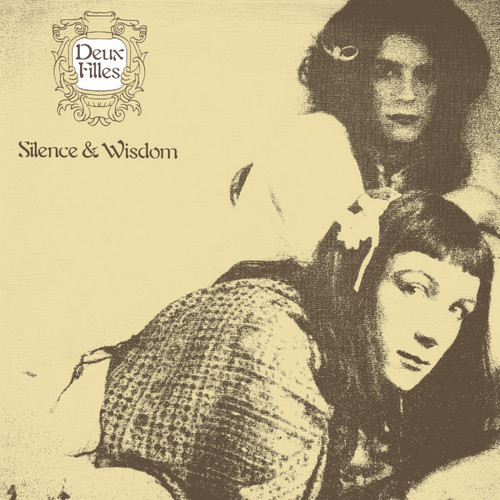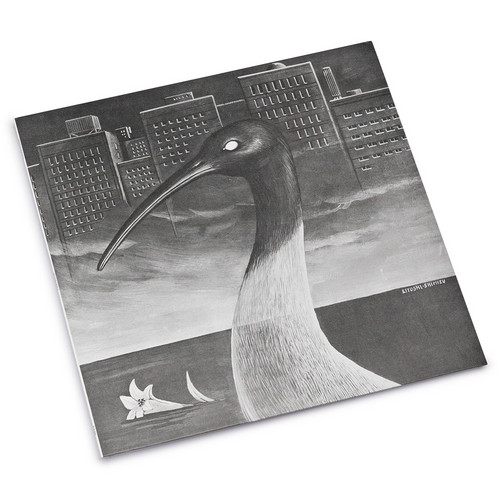Reissues
A Prayer For Derek Jarman
Reissued after decades, this remastered Cold Spring collection showcases Psychic TV’s soundtrack work for Derek Jarman’s films. Featuring ritual soundscapes, field recordings, drones, and chants, it’s a haunting, essential document of avant-garde artistry.
Prepare Thyself To Deal With A Miracle
Endless Happiness reissues Rahsaan Roland Kirk’s experimental 1973 album, “Prepare Thyself to Deal with a Miracle”—a visionary, layered jazz masterpiece showcasing Kirk’s multi-instrumental mastery and boundary-pushing sound.
Phase III
Endless Happiness reissues the 1968 British jazz classic Phase III by The Don Rendell/Ian Carr Quintet, showcasing their creative peak and innovative spirit.
One Flight Up
One Flight Up by the legendary Dexter Gordon. Recorded in Paris on June 2, 1964, this album stands as a testament to Gordon’s leadership and the vibrant European jazz scene of the era.
Armageddon
Victoria One reissues "Armageddon" by The Maze, digitally restored for new audiences. Featuring original 1968 tracks plus rare bonus content, this release offers the definitive psychedelic legacy of late 60s San Francisco.
Exuma
Exuma is the debut studio album by Bahamian folk musician Exuma. It was originally released in May 1970. In the early 1960s, Exuma (born Macfarlane Gregory Anthony Mackey) had moved to Greenwich Village, New York and started playing guitar and singing in the cultivating folk rock scene developing in that area. After producer Bob Wyld came up to him offering a record deal, he chose to adopt "Exuma, the Obeah Man" as his name. Wyld adopted the pseudonym "Daddy Ya Ya" and recruited a few musicians …
B-X0 NO-47A
A cornerstone of avant-garde jazz, B-X0 NO-47A captures Anthony Braxton at a pivotal moment in his career and in the history of the Association For The Advancement Of Creative Musicians (AACM). Recorded in Paris in 1969 and newly restored from the original master tapes, this classic session finds Braxton leading a quartet of fellow AACM visionaries: trumpeter Leo Smith (before adopting the name Wadada), violinist Leroy Jenkins, and drummer Steve McCall.
The group’s instrumentation is strikingly …
Time Machine & Electric Silence
Formed in 1972 as a quintet, Dzyan recorded their self-titled debut album after only two months and released it on Aronda, a small Bad Homburg label owned by producer Günther Müller. The original line-up, which never performed live, broke up after a few months. Bassist Reinhard Karwatky soon formed a trio that took the band's name. Karwatky, guitarist Eddy Marron and drummer Peter Giger signed a contract with Bacillus/Bellaphon, Peter Hauke (Omega, Nektar, Jeronimo, etc.) produced and Dieter Die…
Gesprächsfetzen & In Sommerhausen
Alto saxophonist Marion Brown was an initially underrated hero of the jazz avant-garde. It was only after he moved from Atlanta to New York and joined John Coltrane that the public and the critics took notice of him.Dedicated to discovering the far-reaching possibilities of improvisational expression, Brown possessed a truly lyrical voice. In the early seventies, she played with Anthony Braxton, Andrew Cyrille, Bennie Maupin, Jeanne Lee, and Chick Corea, among others. On this recording he was ac…
The Straight Horn Of Steve Lacy
Some of soprano saxophonist Steve Lacy's most interesting recordings are his earliest ones. After spending periods of time playing with Dixieland groups and then with Cecil Taylor (which was quite a jump), Lacy made several recordings that displayed his love of Thelonious Monk's music plus his varied experiences. On this particular set, Lacy's soprano contrasts well with Charles Davis' baritone (they are backed by bassist John Ore and drummer Roy Haynes) on three of the most difficult Monk tunes…
A Rainbow In Curved Air
Esoteric Recordings are pleased to announce a new remastered edition of the wonderful ambient and experimental work by composer Terry Riley, "A Rainbow in Curved Air”. One of the great modern musical works, Riley composed this influential piece utilising tape loop recording in 1967, performing every instrument himself.A pioneer of modern music, Riley’s all night performances of his work were ground breaking experimental events and influenced composers such as Philip Glass. Released as an album i…
Silentium
A breathtaking journey into Arvo Pärt’s sacred minimalism. This LP features rare and moving renditions—including a radically slowed performance of Silentium—that illuminate the composer’s most intimate, time-suspending work.
Highdelberg
Guitarist Ax Genrich began his career in 1970 with a brief stint with German prog-kraut rockers Agitation Free. There he was able to develop his improvisational style, but was soon poached by Mani Neumeier to join Guru Guru. Together with bassist Uli Trepte, Genrich and Neumeier enjoyed their first major successes and were soon regarded as the new figureheads of Krautrock, releasing Känguru in 1972, a milestone in the genre. After four years and four albums, Ax Genrich left Guru Guru because the…
Whatevershebringswesing
2025 stock Melancholic with a tendency towards ballads, this 1973 third album from Kevin Ayers is nonetheless the most accessible of his early work. Featuring the core musicians of guitarist Mike Oldfield, keyboardist David Bedford and drummer Robert Wyatt, the LP is a solid, consistent, and focused outing, which continues to be at the top of Ayer's solo work. Original artwork. New detailed liner notes.
Hyderomastgroningem
2025 stock Along with the Boredoms, Naked City and very few others, this amazing drums/bass duo are masters of quick-change, stop/start tempos, time-signatures and textures. Ruins' explosive and intricately composed tunes are sung in a peculiar language of their own invention. Yoshida cites Magma, This Heat, Debussy and Webern as influences. Masuda's favorites are James Brown and Fred Frith.
Hardcore, art rock, psych, heavy metal, funk and lots more - if Ruins have heard it, they are likely to…
満天に赤い花びら A Skyfull of Red Petals
Incl. printed inner sleeve & 4 page fold-out insert ** Spittle Records resurrects a dangerous ride through Japan's experimental underground with the first vinyl reissue of this 1985 masterpiece. Four decades after its original Japanese release, Mizutama Shobodan's sophomore album A Skyfull of Red Petals finally receives the vinyl treatment it deserves, emerging through Spittle Records as a testament to one of Japan's most fearless and uncompromising experimental units. Mixed by master Fred Frith…
乙女の祈りはダッダッダッ!A Maiden’s Prayer
Incl. printed inner sleeve & 4 page fold-out insert ** Spittle Records resurrects a dangerous ride through Japan's experimental underground with the first vinyl reissue of this 1985 masterpiece. Four decades after its original Japanese release, Mizutama Shobodan's sophomore album A Skyfull of Red Petals finally receives the vinyl treatment it deserves, emerging through Spittle Records as a testament to one of Japan's most fearless and uncompromising experimental units. Mixed by master Fred Frith…
Mectpyo Bakterium
Edition of 100. Eighth Tower Records and Interitvs Nvmen unite to resurrect one of the most vital documents from Italy's industrial underground. In the suffocating heat of 1981's experimental underground, Maurizio Bianchi unleashed Mectpyo Bakterium, a work so clinically disturbing and sonically corrosive that it stands among the most unsettling audio documents of the early industrial era. Now, over four decades later, this pivotal cassette transmission receives its first proper CD treatment thr…
Silence And Wisdom + Double Happiness
Deux Filles, the elusive French duo, captivated audiences with ambient, melancholic music and a tragic myth—until revealed as a fictional project by Simon Fisher Turner and Colin Lloyd Tucker. Their two albums, “Silence & Wisdom” and “Double Happiness,” remain haunting, genre-defying gems.
Modern Bible
Like a demon moving through time and space to settle a score, Modern Bible invites you to a truly unique experience!

